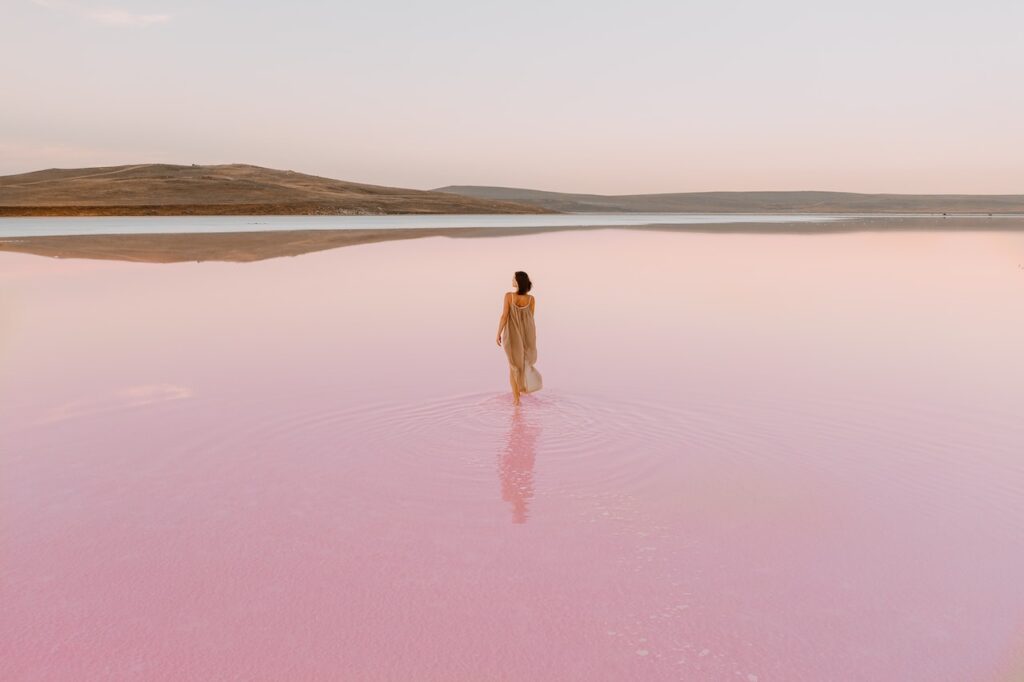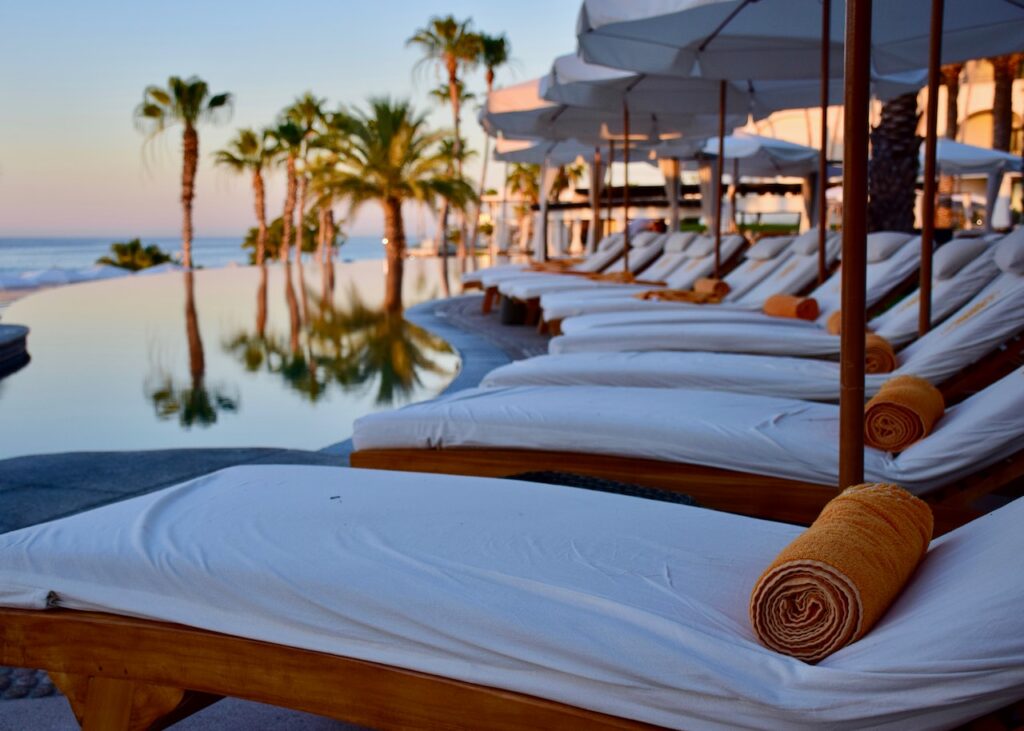Barcelona, a city that is famous for its rich cultural heritage and beautiful architecture, is a paradise for history buffs. From ancient Roman ruins to Gothic cathedrals, Barcelona is home to an array of historical sites that are sure to captivate anyone with an interest in the past. Whether you’re interested in exploring the city’s ancient ruins or discovering its more modern landmarks, there is something for everyone in Barcelona.
If you’re a history buff planning a trip to Barcelona, be sure to check out these ten fascinating sites. From the stunning views of Tibidabo Amusement Park to the grandeur of the Palau de la Musica Catalana, these historical landmarks offer a glimpse into the rich history and culture of Catalonia. Explore the National Art Museum of Catalonia, a stunning collection of Catalan art that dates back to the Romanesque period, or take in the breathtaking beauty of the Magic Fountain of Montjuic. Whether you’re interested in architecture, art, or history, these ten fascinating sites are sure to leave you with lasting memories of Barcelona’s rich cultural heritage.
1. Tibidabo Amusement Park
The Tibidabo Sky Walk, a platform that gives breathtaking views of Barcelona from a height of almost 500 meters, is one of the park’s most prominent attractions. Tibidabo Amusement Park also contains a number of restaurants and snack bars, as well as a museum that explains the history and progress of the park over the previous century.
Tibidabo Amusement Park is a popular destination for families with children as well as thrill seekers of all ages. The park is easily accessible by public transit, which includes a historic funicular that brings visitors to the top of Tibidabo Hill. The majority of the original rides, some of which date back to the turn of the twentieth century, are still in operation. The Barcelona City Council now owns the park.
2. Magic Fountain of Montjuic
Font Màgica de Montjuc in Catalan is a famous fountain in Barcelona, Spain, located at the foot of the Montjuc hill. The fountain was designed by Carles Bugas for the 1929 Barcelona International Exposition. It has since become one of Barcelona’s most popular tourist attractions.
The magic fountain is a dazzling display of color, light, action, music, and water acrobatics – when these components are combined in just the right ways, you get absolute enchantment! The magical fountain is a “must-see” when visiting Barcelona and comes highly recommended.
3. National Art Museum of Catalonia
The museum is located on Montjuc Hill near Pl Espanya at the end of Avinguda de la Reina Maria Cristina and is especially notable for its outstanding collection of Romanesque church paintings, as well as Catalan art and design from the late nineteenth and early twentieth centuries. The museum is housed in the Palau Nacional, a massive Italian-style structure built in 1929. The Palau Nacional, which has hosted the Museu d’Art de Catalunya since 1934, was designated a national museum in 1990 by the Catalan Government’s Museums Law.
The National Art Museum of Catalonia’s (MNAC) various collections provide a comprehensive display embracing all art disciplines (sculpture, painting, drawing, engraving, posters, as well as photography and coin collections). It attempts to provide a historical perspective on Catalan art, from the Romanesque period to modern times and the avant-garde. El Greco, Zurbarán, Velázquez, Fortuny, Gaud, Casas, Torres-Garca, Julio González, Dal, and Picasso are among the painters represented in the collection.
4. Poble Espanyol
Poble Espanyol is a unique and remarkable place in Barcelona because of its location, history, personality, and everything within it. It has architecture, handicrafts, modern art, and cultural and recreational activities. Come and have a look for yourself. Poble Espanyol, which opened in 1929 for the Barcelona Universal Exhibition, has kept its original essence but grown with the times, adjusting to the requirements of both inhabitants and visitors.
Walking through Poble Espanyol, from the Main Square to the Romanesque monastery to the Andalusian neighborhood, is unquestionably enjoyable. A leisurely stroll through which you will learn about much more than architecture.
5. Palau de la Musica Catalana
The palace is situated on the corner of two narrow streets, Carrer Palau de la Msica and Carrer de Sant Pere Mes Alt, in the Casc Antic district of Barcelona. The majority of the other notable modernista structures, including those designed by Antoni Gaud, are located in the elegant 19th-century extension of the city known as the Eixample.
The palace’s design is typical of Catalan modernism, with curves predominating over straight lines, dynamic shapes chosen over static ones, and significant use of rich decoration emphasizing floral and other organic patterns. However, in contrast to many other buildings constructed in the modernist style, the palace’s design is eminently rational. It pays close attention to function and makes full use of the most advanced materials and technologies available at the turn of the twentieth century.
6. Barceloneta Beach
This beach is intrinsically tied to the fishing sector of the same name, Barceloneta, Barcelona’s iconic seaside neighborhood where locals enjoy eating fish and seafood meals and “tapas.” This is one of Barcelona’s oldest and most popular beaches, located in the ancient fishing neighborhood. It is supposed to have inspired Miguel de Cervantes as the scene for Don Quixote’s combat with the Knight of the White Moon. The knight errant was eventually defeated and abandoned his quest here.
Lifeguard and safety, local police, beach information point, adapted showers, adapted public toilets, children’s activities area, sun loungers, changing rooms, beach umbrellas, beverages and ice cream shops, sports facilities, bicycle parking spots, restaurants, and Wi-Fi are all available.
7. Camp Nou
Camp Nou was built between 1954 and 1957 and officially opened on September 24, 1957, with a match between FC Barcelona and a selection of players from the city of Warsaw. The stadium replaced Barcelona’s previous venue, Camp de Les Corts, which, despite its capacity of 60,000, was still too small for the club’s burgeoning fan base. The club proposed proposals for a refurbished Camp Nou, designed by Norman Foster, in the mid-2000s. The club then began looking into moving to a new stadium but in 2014 elected to redevelop the current one.
The redevelopment will include the reconstruction of the first tier, which will result in a steeper tier with better views, the extension of the top tier across the entire stadium, the construction of a roof to cover all seats, and expansions and improvements to the stadium’s interior to provide better facilities. The final capacity will be slightly higher, at slightly more than 105,000 seats. Work is scheduled to begin in 2017 and be completed across four seasons by 2021.
The Stadium opens Monday through Saturday, 10:00 a.m. to 6:30 p.m. (half an hour to an hour longer in the summer months), and Sundays till 2:30 p.m. (all day in the summer months).
8. Casa Mila
Casa Milà, often known as La Pedrera because of its unusual rough-hewn look, is a Modernista structure in Barcelona, Catalonia, Spain. Casa Mila (La Pedrera) is considered Antoni Gaudi’s most iconic work of civic architecture due to its constructional and practical innovations, as well as aesthetic and decorative solutions that deviated from the architectural styles of the time. As soon as the Casa Milà was finished, the city of Barcelona named it an architectural work of art. The Casa Milà was the first building of the twentieth century to be inscribed on the UNESCO World Heritage List in 1984.
Monday through Sunday, including holidays: 9:00 a.m. – 8:30 p.m.
Sessions night tour: 9:00 p.m. to 11:00 p.m.
9. Montserrat
Montserrat’s intriguing history began in 880 when a small group of shepherd children witnessed a dazzling light falling from the sky in the Montserrat highlands. The children heard angels singing at the same time, and the song filled their hearts with bright joy. Montserrat is a wonderfully magnificent Benedictine monk mountain retreat approximately one hour’s train ride north of Barcelona. Not only is Montserrat Monastery religiously significant, but the natural splendor that surrounds it is truly magnificent.
If you prefer walking, there are some excellent excursions across the mountains that offer breathtaking views of some of Catalonia’s most distinctive rock formations. You may ride a funicular to the top of the mountain and then choose from a variety of various walks, all with stunning views of the Catalan countryside.
10. Casa Batllo
Antoni Gaud designed it, and it is considered one of his masterpieces. It is a rebuild of a previously built house that Gaud renovated in 1904 and has been updated multiple times since then. Domènec Sugraes i Gras, Josep Canaleta, and Joan Rubió, Gaud’s assistants, also participated to the renovation effort.
Casa Batlló is an immersive experience that integrates artificial intelligence, augmented reality, and machine learning. Explore Gaud’s cosmos with the help of sophisticated projections, binaural sound, and motion sensors. Explore the fairy tale world, where a dragon’s back and a flower-shaped balcony on the top floor can be found. Explore the new two immersive chambers to learn more about the master architect.
Our Final Thoughts
In conclusion, Barcelona is a city that is rich in history and culture, with fascinating sites that cater to the interests of history buffs from all over the world. From Gothic architecture to Roman ruins and modernist marvels, there’s so much to explore in this vibrant city. Each of the ten sites highlighted in this article provides a unique glimpse into Barcelona’s past, offering a truly enriching experience for visitors who are passionate about history.
Whether you’re interested in ancient history or modern art, Barcelona has something for everyone. By exploring the sites mentioned in this article, you’ll gain a deeper understanding of the city’s rich and complex history, and leave with memories that will last a lifetime. So why not plan a trip to Barcelona today and discover the wonders of this magnificent city for yourself?
Want to Travel in Business Class And Save Money?
Are you looking for exciting things to do in Barcelona, Spain? Look no further than All Business Class for your ultimate dream destination! From all-inclusive beach trips to immersive gastronomic adventures, we offer a wide variety of travel options to fit your unique travel needs and goals. Whether you’re planning a corporate meeting abroad or simply looking to experience the best that Barcelona has to offer, we’ve got you covered.
At All Business Class, we’re committed to delivering the best pricing and package options to ensure that your trip is everything you’ve ever dreamed of. Our experienced team of travel experts will work with you to plan an itinerary that perfectly suits your interests and budget.
So what are you waiting for? Get in touch with us today to start planning your exciting trip to Barcelona! Visit our office, give us a call at (800) 769-7857, or fill out our contact form to learn more about our trip options, pricing, and group discounts. Let us help you create memories that will last a lifetime!










